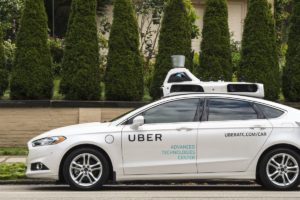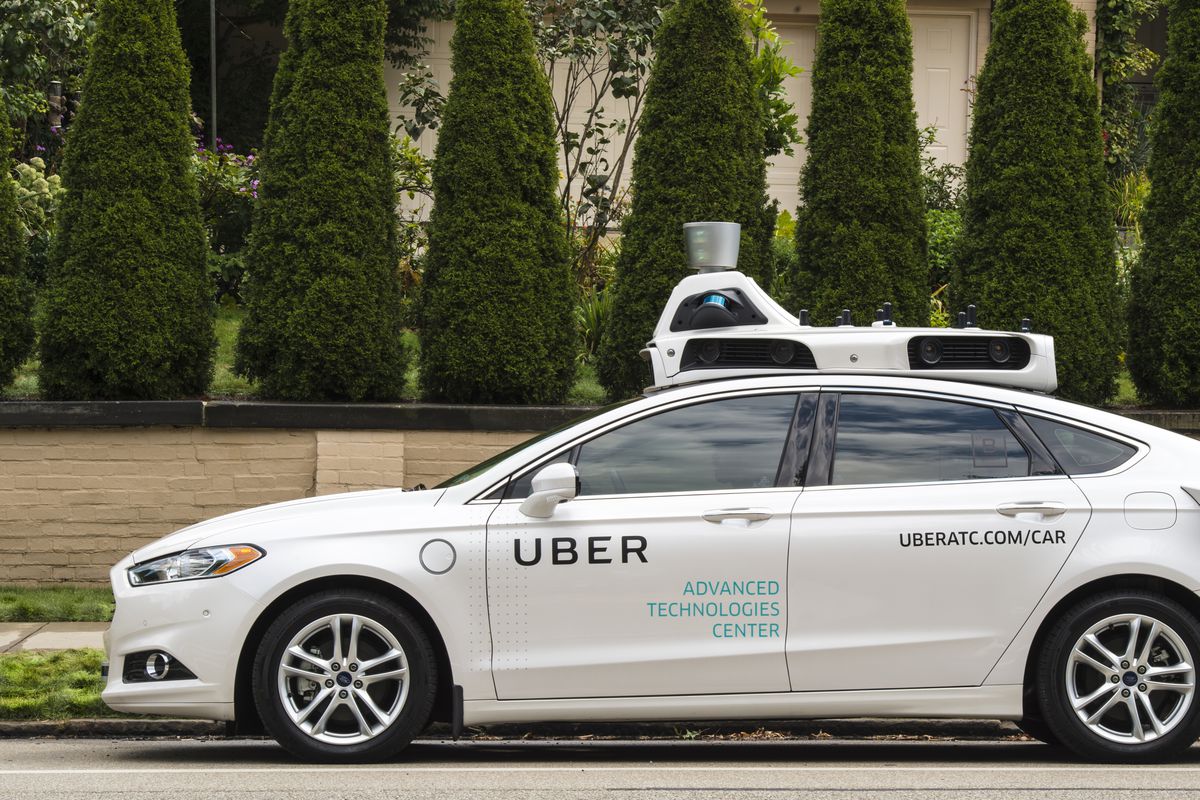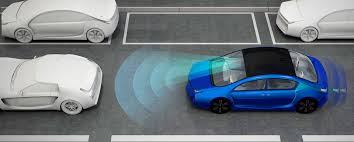
Study Commissioned By Uber Gives New Methods To Measure Safety Of Driverless Autonomy
A test of driving typically consists of basic skills that would include: Are you able to merge safely? Do you have the capability to parallel park? Have you got idea how to yield to pedestrians?

But for driver-less cars, there is no such government selected exam by a computer. The idea has been outrightly dismissed by federal officials who are against regulation and industry leaders who say that they require freedom from all rules to innovate.
But a new study was conducted by Rand Corp., and it was funded by Uber’s autonomous vehicle division and after it was done, the results were released on Thursday. The study tries to map out what independent tests for driverless safely may be introduced and how to implement them.

According to authors, one key element would be to try to define and gauge “roadmanship”, which would be definition of good citizenship and driving behavior by robotic cars.
Many things that might be taken into measurement are: What’s the total space that a driverless car may leave between itself and other cars in the front and sides? How the intelligence of car may become more cautious if its sensors are obscured or sightlines are bad? How many times it may jerk out of the way of another car or apply careless brakes, which may be due to the technologies own shortcomings or the poor driving of others nearby?
“We are showing the art of the possible,” said Marjory Blumenthal, a senior policy analyst at Rand. “There are many instances in which it is possible to have a safety-relevant measure. What makes sense will vary with the circumstances. But the world offers a lot more” than what is being done today.
The study is meant to “motivate conversation within industry and within government, and between industry and government, to see if people will move toward a higher level,” said Blumenthal, who was the chairman of science and technology council that advised the Obama administration.
The research was prompted before a driverless Uber, which was a Volvo SUV, killed a pedestrian in Tempe, Arizona, in March without detecting its movements. The crash let to increased security concerns of public about the reliability of such technology and questioned the speed at which some firms are trying to implement the technology on public roads.
Noah Zych, Uber’s head of system safety, said the event of Arizona death led the company “to deeply reflect upon what had gotten us to that point and what improvements we could make to our development approach.”
Zych further said that the company employees feel a “responsibility and obligation to try to share our lessons learned from that as broadly as we can . . . so that we can help move everybody forward and hopefully prevent those kinds of incidents from happening, not just for ourselves in the future, but for everyone else.”
You May Also Read: Third IKEA Store In The Country To Come Up At Bengaluru By 2020